Positive reinforcement is how most qualified dog trainers and behaviorists conduct their training sessions, and it’s slowly filtering through to dog owners as through a training session new behaviors are shaped for dogs and pet parents alike!
Dog training can be a challenge for many owners – primarily because of the confusion on methodologies, how we deal with the conflict of new methods vs old methods that people swear by – but slowly it’s become a case that we know better, so we are beginning to do better.
Luckily the confusion is not an insurmountable one. Effective dog training can be achieved in different ways, however the most reliable, and least risky is positive reinforcement dog training. In this comprehensive guide, we will delve deep into understanding what positive reinforcement dog training is and explore the advantages of this technique.
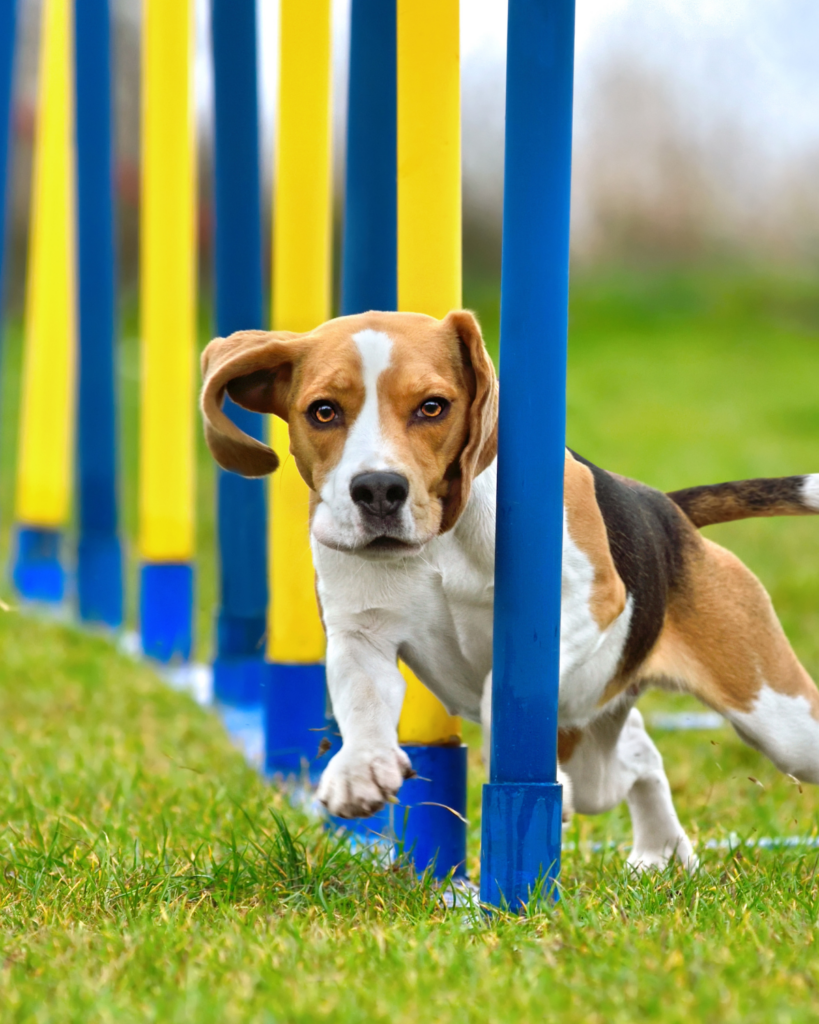
Unraveling Positive Reinforcement Dog Training
Positive reinforcement is built on the principle that dogs, much like people, will always do what’s most rewarding to them and using that to craft a relationship.
At its core, positive reinforcement dog training is a technique that encourages and reinforces desirable behavior in dogs. This behavioral molding via rewards increases the likelihood of your pup repeating the exhibited behavior. The principle is derived from the concept of operant conditioning that was introduced by behaviorist B.F. Skinner.
Operant conditioning encompasses four key components – known as the quadrants of operant conditioning, which together make a comprehensive set: positive reinforcement, negative reinforcement, positive punishment, and negative punishment. These components are the tools trainers rely on for shaping behavior in animals, especially in dog training.
Positive reinforcement introduces something desirable to the dog, like a treat, play and/or praise, during or immediately after the dog exhibits the desired behavior.
In negative reinforcement, the trainer removes something unpleasant when the dog demonstrates the desired behavior.
Positive punishment involves introducing an unpleasant consequence, like scolding the dog when it exhibits unwanted behavior (often applied with a prong collar or shock collar)
Negative punishment involves removing something pleasant, like a toy, when the dog misbehaves. These components function as stimuli that influence the likelihood of a behavior being repeated.
Although negative reinforcement and punishment-based methods can result in behavior modification in dogs, they are often associated with negative implications for the animals, leading to increased behavior problems, aggression, and a fearful dog over time. Contrarily, positive reinforcement is a humane, effective, and enjoyable method both for dogs and owners.
In this comprehensive guide, we will uncover the unique benefits of positive reinforcement dog training, understand various rewards used in the process, share tips, and strategies for successfully implementing this technique with your furry friends.
It’s good to note that dog training and positive reinforcement methods also incorporate classical conditioning.

The World of Rewards in Positive Reinforcement Training
Rewards in the positive reinforcement dog training world can be quite varied – these are generally categorized into primary, secondary, and social reinforcers.
- Primary Reinforcers: These are necessarily vital for dog survival and well-being. A food reward can be an effective primary reinforcer as it provides instant gratification, encouraging the dog to model its behavior that led to the reward.
- Secondary Reinforcers: These are learned rewards, gaining reinforcement value over time through their association with primary reinforcers. Clicker training, for example, under positive reinforcement, uses a small device that performs a clicking sound. Paired consistently with a primary reinforcer like food, the dog starts associating the sound with the impending reward. This anticipated reward remote controls the dog’s behavior to desirable actions.
- Social Reinforcers: These rewards stem from positive social interactions between the dog and its human counterparts. These could include verbal praise, petting, playing fetch, or any activity that the dog equates to a joyful social interaction.
Environmental Management
A huge, underestimated part of positive reinforcement training is actually the practice of managing the environment allows you to establish a setting conducive to learning and reducing the chances of unwanted behavior. It’s easier to teach a dog to do the right thing than it is to unteach an unwanted behavior after it’s been learned and practiced.
For example, if a dog is prone to chewing on furniture, trainers can arrange the environment to remove those potential ‘distractions.’ This measure would involve providing chew toys and confining the dog to areas where the furniture isn’t accessible when they aren’t capable of direct supervision.
Gradual Phasing Out of Management
As desirable behaviors solidify and become habitual, management strategies that curb unwanted behavior can slowly be phased out. However, this phase-out should be gradual and built on the dog’s ongoing success. It’s important to ensure the dog is ready and to be prepared for any possibility where the owner or trainer might need to reestablish certain management practices, such as puppy proofing.
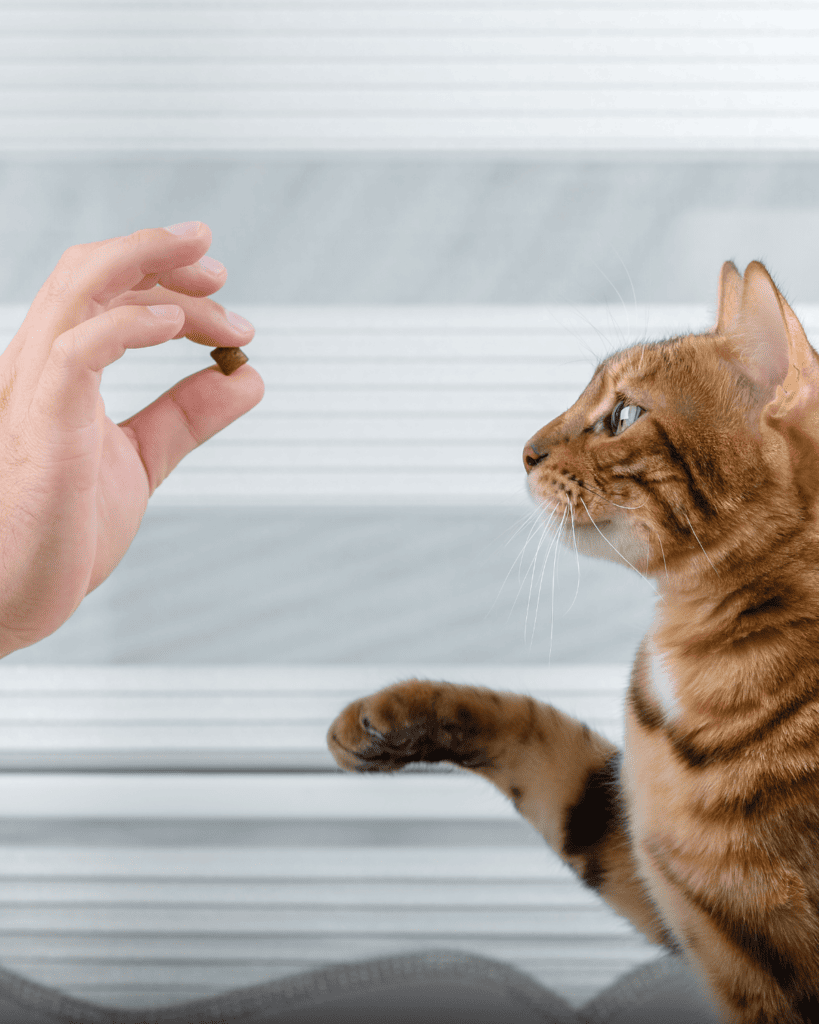
Strategies for Successful Positive Reinforcement Dog Training
So how do you actually do positive reinforcement with your dog? Is it just food rewards for positive behaviors? Or is there more to it? Here’s 6 things you need professional trainers advise when itcomes to positive dog training.
- Consistency is Key: Consistent rewards for consistent behavior strengthen your dog’s association of a specific action with a particular outcome. This consistent pattern needs to be maintained across all family members involved in the training.
- Timing and Frequency: The reward should be presented immediately after the desired behavior to make the connection glaringly clear. Regularly reward behaviors, especially during the fundamental stages of training, eventually moving on to a less predictable and more sporadic rewards schedule.
- Select the Right Reward: Rewards should adapt to individual needs and preferences, thereby varying from dog to dog. Choose a reward that your dog genuinely craves.
- From Basics to Complexity: Basic commands and exercises help establish a solid foundation of positive reinforcement dog training. Gradually increasing the difficulty of tasks allows your dog to grow comfortably into the program.
- Take it Slow: Dog training demands patience. It is okay to meet setbacks – remember the training might require several repeated sessions for the dog to learn a specific behavior.
- Adapting the Training Approach: If your dog struggles to perform a certain behavior, break the task down into smaller steps, or employ a training technique that is better suited to your dog.

The Power of Positive Reinforcement: The Single Best Method for Animal Training
Positive reinforcement training is widely recognized as the most effective and humane method for teaching animals, including dogs, new behaviors. This method not only reinforces desired behavior but also does so without causing fear, aggression, or decreasing trust between the pet and the caregiver.
1. Improves Animal Welfare
Positive reinforcement training enhances the quality of life of the trained animals. Traditional training methods often use fear or punishment to force animals to comply, which can lead to stress, fear, and other adverse psychological effects. On the contrary, positive reinforcement allows animals to understand that good things happen when they exhibit certain behaviors. As a result, animals willingly participate in training sessions, improving their welfare.
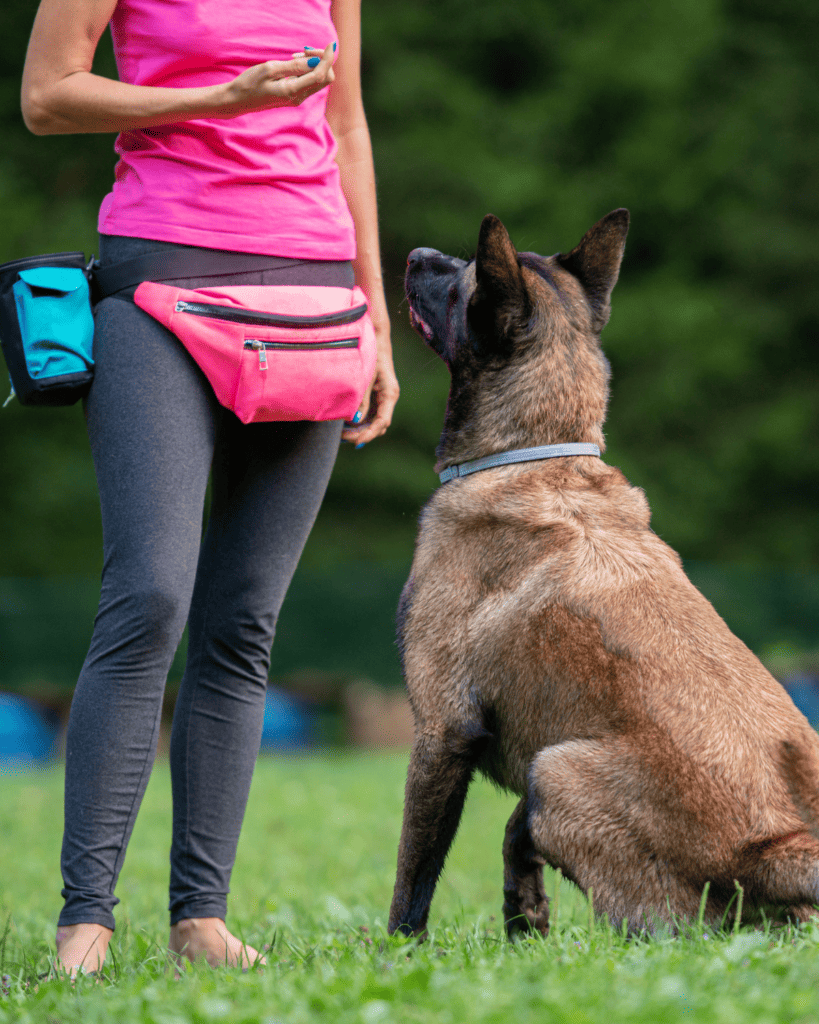
2. Strengthens the Human-Animal Bond
This method emphasizes on encouraging animals for their good behavior, which helps to cultivate a stronger and trusting bond between the trainer and the pet . The shared positive experiences during training sessions can result in a more cooperative animal, fostering mutual respect and understanding.
3. Precise and Fast Learning
Positive reinforcement training can lead to faster and more precise learning. When an animal associates a behavior with a particular consequence (reward), it is more likely to repeat the behavior. This method has proven to be more effective at teaching complex behaviors compared to punishment-based techniques and is a great way to curb undesirable behavior or adjust severe behavioral issues such as helping fearful dogs overcome reactivity, or separation anxiety by creating positive associations
4. Reduces Unwanted Behaviors
Rather than punishing animals for unwanted behavior, positive reinforcement focuses on teaching them what they should do instead. This approach can help reduce problem behaviors more effectively as it gives animals a clear understanding of what is expected of them, and minimises fallout and extinction bursts.

5. Increases an Animal’s Confidence
When animals understand that they can control the positive outcomes of their behavior, they are more likely to explore their environment and try new behaviors. This increased engagement can boost an animal’s overall confidence.
6. Adaptability Across Species
Another reason positive reinforcement is often deemed a superior method of training is its broad applicability across various animal species. Whether we talk about dogs, cats, birds, or even marine animals, positive reinforcement strategies have yielded successful outcomes.
While positive reinforcement has been widely accepted for its numerous benefits, it takes patience, consistency, and proper execution of the training protocol to be effective. Trainers and pet owners should choose an appropriate reinforcer that the animal finds genuinely motivating. Furthermore, the timing of reward delivery is crucial to ensure the animal makes the correct connection between its behavior and the reward.
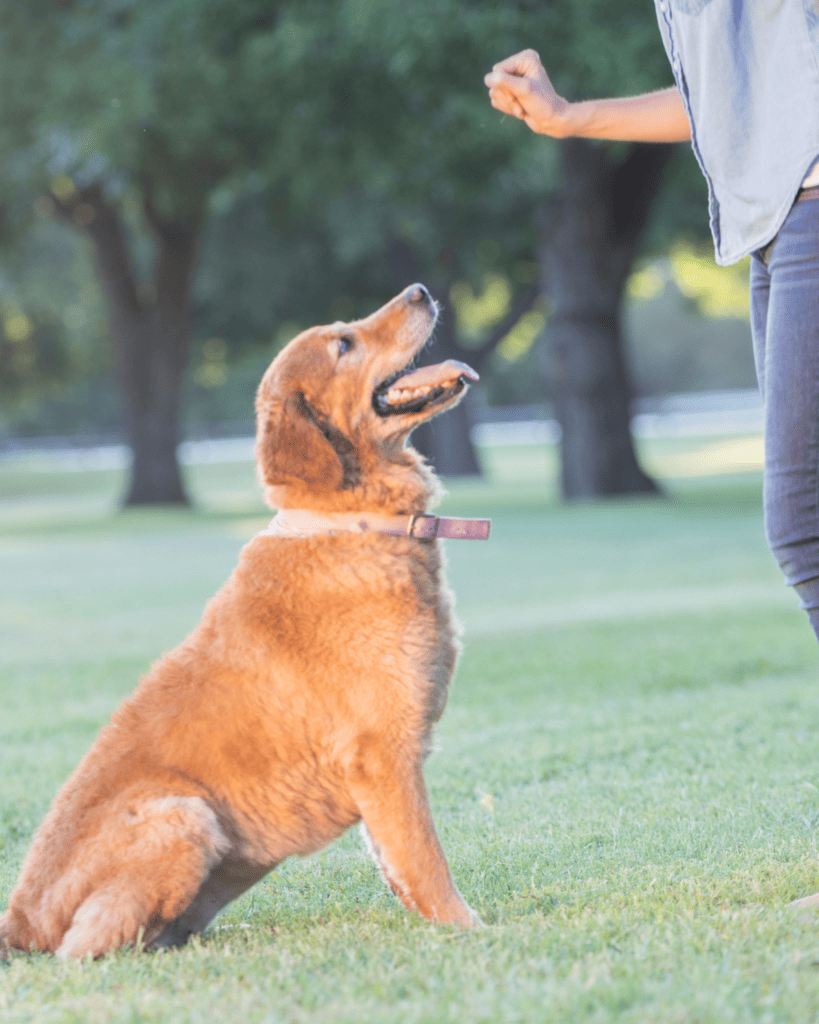
Can All Dogs Be Trained With Positive Reinforcement?
Yes, all dogs can be trained with positive reinforcement. This training method is suitable for dogs of all ages, breeds, and temperaments, as it can be tailored to suit their individual needs. Positive reinforcement training has numerous benefits, including increased confidence, trust between the dog and their handler, and faster learning. The effectiveness and adaptability of this method make it a popular choice for teaching dogs new behaviors and reducing unwanted ones.
Regardless of the advantages, implementing positive reinforcement training should be conducted with patience, consistency, and time — key components to achieving successful results. Moreover, trainers and pet owners should consider professional guidance, especially if dealing with severe behavioral problems.
In conclusion, the premise that all dogs can be trained using positive reinforcement is supported by a wealth of evidence and the recommendation of veterinary and animal behavior professionals alike. The effectiveness and adaptability of this method have made it a favorite among professionals and pet owners.

How To Make Sure Your Professional Uses Positive Reinforcement
If you’re looking to ensure that you or a family member are picking positive reinforcement trainers in your search to conquer a behavioral issue, how do you find one? How do you sort the good from the bad and avoid “balanced” dog training.
Recognizing a positive reinforcement dog trainer relies on a set of qualifications, certifications, and ethical commitments. Global certifications like Certified Professional Dog Trainer – Knowledge Assessed (CPDT-KA)*, Kim Brophey’s Family Dog Mediator (FDM) and Karen Pryor Academy Certified Training Partner (KPA CTP) support humane, science-based practices. Trainers may also be members of organizations like the International Association of Animal Behavior Consultants (IAABC), the Association of Professional Dog Trainers (APDT), or the Pet Professional Guild (PPG) that endorse positive reinforcement. An ethical trainer will adopt a Least Intrusive, Minimally Aversive (LIMA) approach, use reward-based training, and commit to ongoing professional development. Always inquire about a potential trainer’s methodology, experience, and what to expect from their training.
*Though there is, recently, some controversy around the CPDT-KA as they seem to be allowing members to violate their code of conduct which means the qualification is less of a guarantee that the trainer uses reward-based training.
Positive Reinforcement Is The Most Productive Way To Train
Positive reinforcement dog training offers a dynamic way to shape your dog’s behavior while promoting a strong bond between you and your furry friend. This method paves the way for happy, healthy dogs and fosters a loving relationship characterized by understanding and respect between pets and their owners. The use of rewards to amplify and motivate good behavior, as opposed to punishment-driven techniques, promise a more joyful and effective learning experience.
Whether working with aggressive dogs, reactive dogs or teenage dogs – aversive techniques are never required to train our dogs. Like I said. We know better now, so let’s do better.

Author, Ali Smith
Ali Smith is a professional, qualified, and multi-award winning trainer is the founder of rebarkable. She has always believed animals deserve kindness and champions force free methods. Believing that dog guardians will all choose the kindest options if proper information is provided, she aims to help all dog guardians who need it and make dog training as accessible as possible
Ali lives win Maryland, US with her husband and her three dogs.


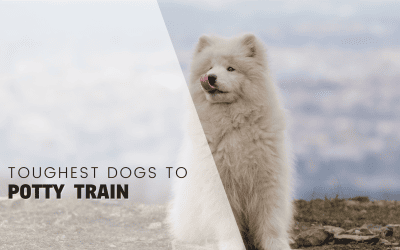



0 Comments